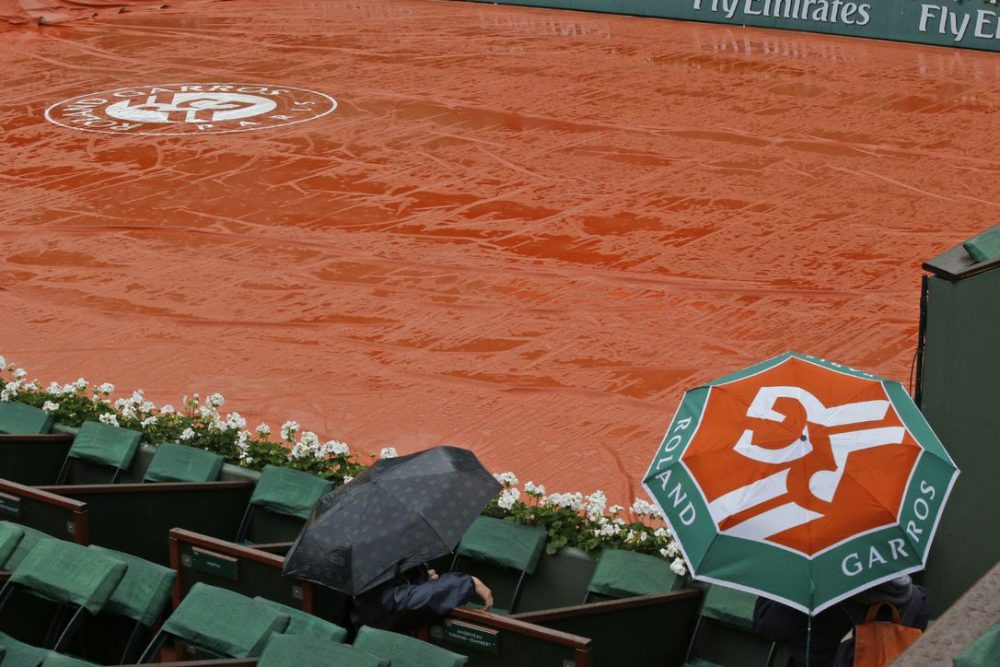Tennis is probably the only sport that is played on different pitches and conditions. All the four grand-slams in the world are immortal. Each one of them is unique in terms of the surface and also the challenges that the players face.
The Australian Open, US Open, French Open, and Wimbledon are the most prestigious tournaments in Tennis. The true versatility of a tennis champion is gauged on these surfaces around the globe. Tennis is unique because it is the surface that dictates the gameplay, and the players must agree to mold themselves to the terms of the grounds. As we all know, tennis court resurfacing and construction is not cheap, and if you are dedicated to Tennis, you have to invest in your backyard court to practice for your matches and tournaments. That’s why Tennis is a beloved sport, it requires a lot of dedication and investment to be at the top.
Let us have a look at the fascinating nature of different courts, the legends that have mastered it, and why they are so tough to crack.
1. Hard courts
Hard courts are among the most commonly played surfaces in tennis. We know that these courts are built of asphalt or concrete. The tough nature of the ground makes the ball bounce higher than on other courts. You can get a slower bounce on the grass. The bounciness makes the court an easy ground to play on as the players do not have to use a lot of their strength. The hardcourt does it for them.
In the new generation of tennis, this feature can be witnessed the most in Bradley-Barros’s head to head matches at the hard courts. The predictability of the ball is another reason that makes hard courts less challenging compared to other courts. It is the most commonly played court on, and the benefit provided by hard courts is that players get to experiment with all their different shots and angles here. Australian Open and US Open are hard courts surfaces.
2. Synthetic Courts
Synthetic courts are also called Carpet Courts. These surfaces are different across the world as they change in style, texture, and the material used to lay the surface. It is difficult to play here because of the unpredictability of the bounce and speed of the ball. You can find this similar to grass courts. Though Carpet Courts are commonly played on across the world, they have been officially banned by the Association of Tennis Professionals (ATP) since 2009.
3. Grass courts
Grass courts are considered the classiest among all forms of Tennis courts. Finding grass courts are a rarity because they are hard to maintain and are found mostly on professional circuits such as the ATP tournaments or the legendary Wimbledon.
You will find some of the most sublime and skillful shots on grass courts. The reason is that grass is very slippery, and it increases the swing and speed of every shot, making it very fast-paced and entertaining to watch. The grass courts, especially Wimbledon, display some of the curviest and classic shots of tennis, making it all the more special to witness.
If you want to know what we are talking about, just catch some reruns of Roger Federer’s poise or McEnroe’s angles at Wimbledon.
4.Clay Court
Clay Court is considered the trickiest surface to play on. It is an art of its own that very few have seemed to master in the sport. It is the most contrasting surface as against grass. Though they are called clay courts, they are not entirely made out of clay.
They are made out of bricks that are crushed and applied over the courts. Clay courts are the trickiest to play on because the ball bounces slowly, but the pitch is high. The strange nature of clay affects the timing, angle as well as placement of the shot.
Another unique feature of clay courts is that players get an additional advantage of sliding, giving them a bit more torque while reaching for the ball. The most successful player in the history of Roland Garros is none other than Rafael Nadal.
Conclusion
Every court has a feature of its own that poses its challenges forcing a player to undergo adaptability. As much as we like picking favorites, there is no winner among tennis courts. Which’s your favorite?















